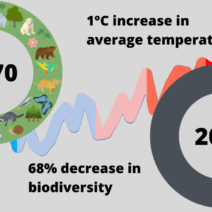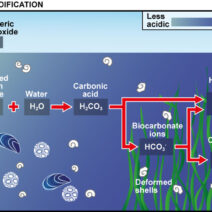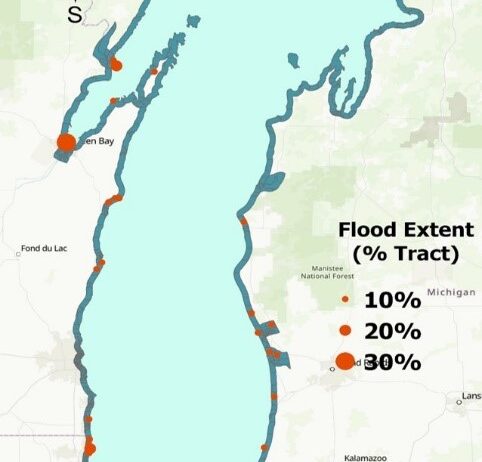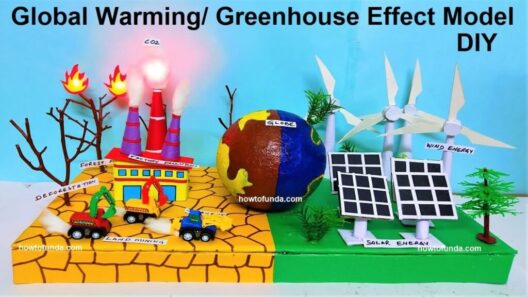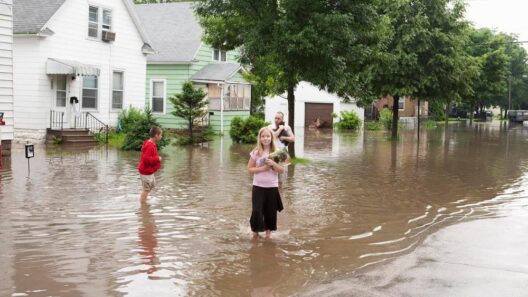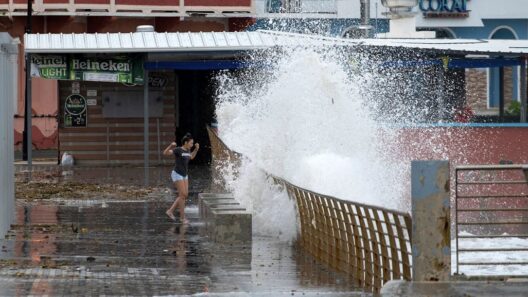The Great Lakes, a remarkable freshwater system encompassing Lakes Superior, Michigan, Huron, Erie, and Ontario, have long been a source of livelihood, recreation, and ecological richness. Recently, however, these bodies of water have drawn attention for another pressing reason: their fluctuating water levels and the accompanying storm surge phenomena. This fluctuation is emblematic of broader patterns associated with global warming and climate change, raising the question of whether the surge of the Great Lakes is merely a natural occurrence or a stark sign of environmental instability.
Understanding Storm Surge in the Context of the Great Lakes
Storm surge is defined as an abnormal rise in water level due to atmospheric pressure changes and wind associated with storms. In coastal regions, storm surge can lead to catastrophic flooding and erosion. While one may typically associate storm surges with ocean environments, the dynamics in the Great Lakes are equally alarming. In recent years, the increase in severe weather events, including heavy storms, has led to sudden surges in lake levels, pushing water inland and affecting coastal communities.
In understanding how this phenomenon correlates with global warming, it is important to examine the interplay of climatic factors. Rising temperatures contribute to more intense and frequent storms, changing precipitation patterns, and ultimately affecting water level dynamics across the Great Lakes. Warmer air temperatures lead to increased evaporation rates, and although some lakes may experience elevated levels due to increased rainfall, others can be left vulnerable in drought conditions, creating a complex balance.
What Factors Contribute to Fluctuating Water Levels?
The fluctuations in water levels can be attributed to several interrelated factors, mainly:
- Temperature Changes: Higher temperatures result in greater evaporation rates, which can lead to diminished water levels in the long term.
- Precipitation Variability: Climate change is altering precipitation patterns, resulting in increased rainfall in some areas while causing drought in others.
- Ice Cover: The duration and extent of ice cover have changed significantly over recent decades. Ice acts as a buffer, holding back water; with diminished ice coverage, the impact of storms is compounded.
- Wind Patterns: Shifts in wind patterns can exacerbate the effects of storms, directing waves and increasing lake levels unpredictably during storm events.
This multi-faceted interplay illustrates how climate change is intricately woven into the fabric of the Great Lakes ecosystem.
The Ecological Impacts of Increased Water Levels
The ramifications of surging water levels are manifold, affecting both human communities and the intricate ecology that thrives around the Great Lakes. Flooding has led to property damage, loss of infrastructure, and displacement of local populations. In addition to threatening human habitation, the impacts extend to the environment. Wetlands and coastal ecosystems, which provide vital habitats for numerous species, are at risk of inundation. Furthermore, nutrient runoff from agricultural land can exacerbate algal blooms, leading to detrimental effects on aquatic life and water quality.
Impact on Local Economy and Communities
Economically, the surge presents challenges for industries reliant on stable water levels, such as shipping, fishing, and tourism. Ports may find it increasingly difficult to operate efficiently, and recreational activities—such as boating and fishing—face uncertainty. Communities situated on the lakefront are confronting the stark reality of increased insurance premiums and the necessity for costly infrastructure investments to mitigate damage.
The socioeconomic dimensions of this issue cannot be overstated. Vulnerable populations, particularly in marginalized communities, often bear the brunt of environmental changes. Displacement rarely affects all demographics evenly; vulnerable populations may lack the resources to adapt or relocate, leading to greater inequality in the face of climate phenomena.
The Path Towards Adaptation and Mitigation
To confront these challenges, it is imperative to undertake proactive strategies rooted in both adaptation and mitigation. Policy measures must prioritize sustainable practices, such as enhancing riparian buffer zones and investing in green infrastructure to absorb excess runoff. Additionally, monitoring water levels and enhancing forecasting capabilities can empower communities to better prepare for flooding events.
Public awareness campaigns emphasizing the ongoing threats of global warming and local climate adaptation strategies can also galvanize community action. By engaging local stakeholders, including businesses and environmental organizations, a collaborative approach can build resilience against future surges.
The Broader Implications of the Great Lakes’ Water Level Changes
The implications of changing water levels extend beyond regional boundaries. The Great Lakes possess a significant role in global freshwater systems, and disturbances in their hydrology can have cascading effects on broader environmental patterns. As such, scientists advocate for holistic, integrated management approaches that consider the interconnectedness of water systems across geographical fronts.
Ultimately, recognizing the surge of the Great Lakes as a potential indicator of climate change is crucial. These fluctuations exemplify the urgent need for collective action to address the multifaceted issues posed by global warming. By integrating scientific research with active community engagement, it is possible to forge a path toward a more sustainable future for the Great Lakes and, consequently, for our planet as a whole.
